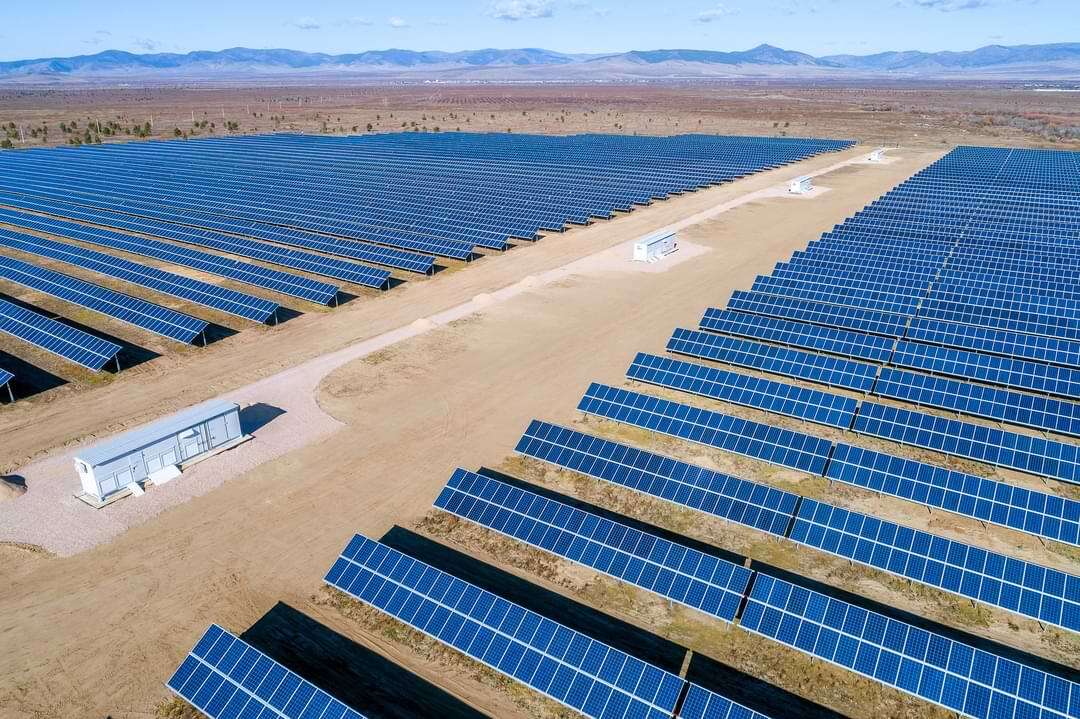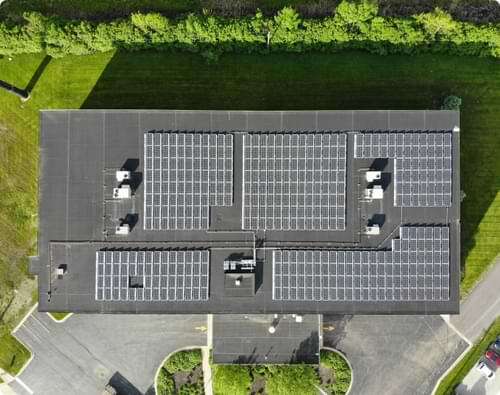Celebrating Energy Awareness Month with a Comprehensive Approach to Grid Stability
October 6, 2025

October is Energy Awareness Month – a timely moment to reflect on U.S. energy use, electricity costs, and how the grid can be strengthened for long-term reliability. Grid stability directly impacts energy affordability, safety, and the economy, and requires a comprehensive approach:
-
Energy diversification: Building a balanced mix of renewables and conventional resources to reduce the risk of supply constraints.
-
Demand management: Reducing or shifting energy usage to ease grid strain and lower costs, through tools like energy storage systems, behavioral changes, or strategic procurement structures.
-
Energy efficiency: Optimizing systems and operations to get more from every unit of energy consumed.
With evolving energy markets and incentives, Pivot is here to help guide informed decisions that strengthen energy resilience while keeping energy costs predictable.
Why Pivot is Spotlighting Grid Stability This Energy Awareness Month
A stable electric grid requires a constant balance of electricity supply and demand. When demand spikes or supply is constrained, the system is stressed, increasing the risk of outages and higher costs. That’s why an “all-of-the-above” energy approach – building up the capacity of renewables that work alongside existing conventional generation – is essential for affordability and reliability:
AFFORDABILITY
The impact of grid strain is measurable: The U.S. Department of Energy estimates that power outages cost American businesses around $150 billion annually. Americans also feel these effects in the form of higher rates and costly demand charges, which can account for up to 70% of a commercial customer’s electricity bill.
Similarly, oil and gas prices remain subject to global market fluctuations and supply chain pressures. Diversification – blending solar, storage, efficiency, and conventional resources – provides protection against these swings and helps stabilize costs over time.
Americans also feel the grid’s vulnerability in the form of outages. Severe weather events such as Winter Storm Uri in 2021 have highlighted the grid’s vulnerability during peak demand – a risk that only increases as winter approaches. Beyond comfort and economic disruption, outages can jeopardize health and safety by limiting access to heating, cooling, and other critical services such as hospitals, emergency response systems, and clean water.
RELIABILITY
Fact Check: Common Solar and Energy Storage Misconceptions
Energy misinformation is everywhere – from costs, to sourcing, to land use. As an independent power producer (IPP), Pivot is committed to separating fact from speculation to encourage informed decisions about energy resilience and affordability.
Misconception: Solar no longer makes sense financially following new guidance from the U.S. Treasury.
Clarification: While recent guidance has introduced new complexities, solar projects remain both viable and valuable – particularly in the commercial and industrial (C&I) sector. Since 2009, Pivot’s team of policy and financial experts has successfully navigated evolving regulations and market shifts to deliver successful projects. With the right financing structures and incentives, solar continues to provide long-term savings, energy price stability, and resilience
Misconception: Solar is driving up electricity prices.
Clarification: Solar is the lowest-cost form of electricity generation in the U.S. – and is made even cheaper when paired with energy storage. The long-term price stability of solar shields Americans from fossil fuel price swings.
Misconception: Solar panels are mostly imported.
Clarification: Pivot sources Tier 1 panels, racking, and inverters sourced from trusted U.S. manufacturers, supporting domestic jobs, strengthening supply chains, and investing in domestic energy independence.
Misconception: Solar and storage projects require massive upfront investment.
Clarification: With flexible financing structures like PPAs and operating leases, Pivot enables organizations to adopt solar and/or storage with little to no upfront capital – while lowering costs immediately. Pivot also offers lease options that allow property owners to generate new revenue streams from unused spaces – zero CapEx required.
Misconception: Solar negatively impacts land.
Clarification: Pivot’s responsible land stewardship practices ensure that solar farms benefit both communities and ecosystems – enhancing agricultural productivity on the land where projects are installed. Additionally, many solar projects are sited on rooftops, parking canopies, brownfields, or otherwise underutilized land, transforming idle spaces into productive, resilient energy assets.
Energy Awareness Month Spotlight: Solar – Fast, Affordable, and Grid-Strengthening
Solar energy remains the lowest-cost source of electricity in the U.S., standing out for its flexibility in responding to the ebbs and flows of the grid, which lowers costs and strengthens resilience. It also reduces reliance on imported fuels, keeping energy production local.
Onsite solar, in the form of rooftop, ground-mounted, or carport solar systems, directly reduces peak demand during high-usage hours. When excess energy is exported to the grid, it supports peak shifting through a setup known as net metering. This reduces grid strain while lowering the system owner’s monthly energy bill.

New solar projects often come with upgrades to local electric grid infrastructure. In many cases, solar developers like Pivot help fund necessary power grid modernization improvements – like local electric lines, substation upgrades, and interconnection equipment – when developing a project. These investments help utilities and communities transition to more reliable systems without placing the burden on ratepayers.
Offsite options like community solar subscriptions, solar renewable energy certificates (SRECs), virtual power purchase agreements (VPPAs), and virtual net metering (VNEM) extend these benefits to communities and businesses without onsite systems. By effectively funding the creation of new solar and storage capacity, these financing mechanisms expand access to affordable renewable energy while reducing overall demand on the local grid.
_Community%20Impact.jpg?width=2000&height=1500&name=Commitment%20to%20Community%20Investment%20(bg%20photo)_Community%20Impact.jpg)
Energy Awareness Spotlight: Energy Storage – The Perfect Energy Partner
Energy storage is a versatile solution that complements both renewable and conventional resources. By storing excess power when generation is high or prices are low, and discharging it during peak hours, energy storage:
-
Smooths supply and demand imbalances
-
Shields customers from volatile energy prices, and allows owners to capitalize on energy price fluctuations
-
Provides backup during outages
-
Reduces reliance on costly, carbon-intensive “peaker” plants (natural gas pinch hitters used during demand spikes)
There are many energy storage options available. Standalone storage supports the grid even without solar, while solar + storage systems capture and extend the value of renewable generation – keeping costs low and reliability high, even when the sun isn’t shining. Deployed behind-the-meter (BTM) or at grid scale, storage ensures reliability across the energy mix – making renewables more dependable and conventional systems more efficient.
A Comprehensive Path Toward Resilience
Proven solutions exist to address the real challenges the U.S. grid faces – aging infrastructure, volatile energy costs, and increasing demand. Solar, storage, and efficiency measures are practical, powerful pathways to strengthen resilience while keeping energy affordable. Together with conventional resources, these solutions are part of the all-of-the-above strategy needed to build a balanced, reliable, and sustainable energy future.
This Energy Awareness Month is an opportunity to look closely at the role each technology plays in securing the nation’s energy future. Pivot is committed to advancing these solutions and fostering a stronger, more stable grid.
Let's Chat
We would love to hear from you.
Whether you are ready to get a quote for one of our many services or just need some information, drop us a line.

.jpg?width=123&name=Angie%20Agrivoltaics%20Award%20(HQ).jpg)


.jpg?width=400&name=Angie%20Agrivoltaics%20Award%20(HQ).jpg)
